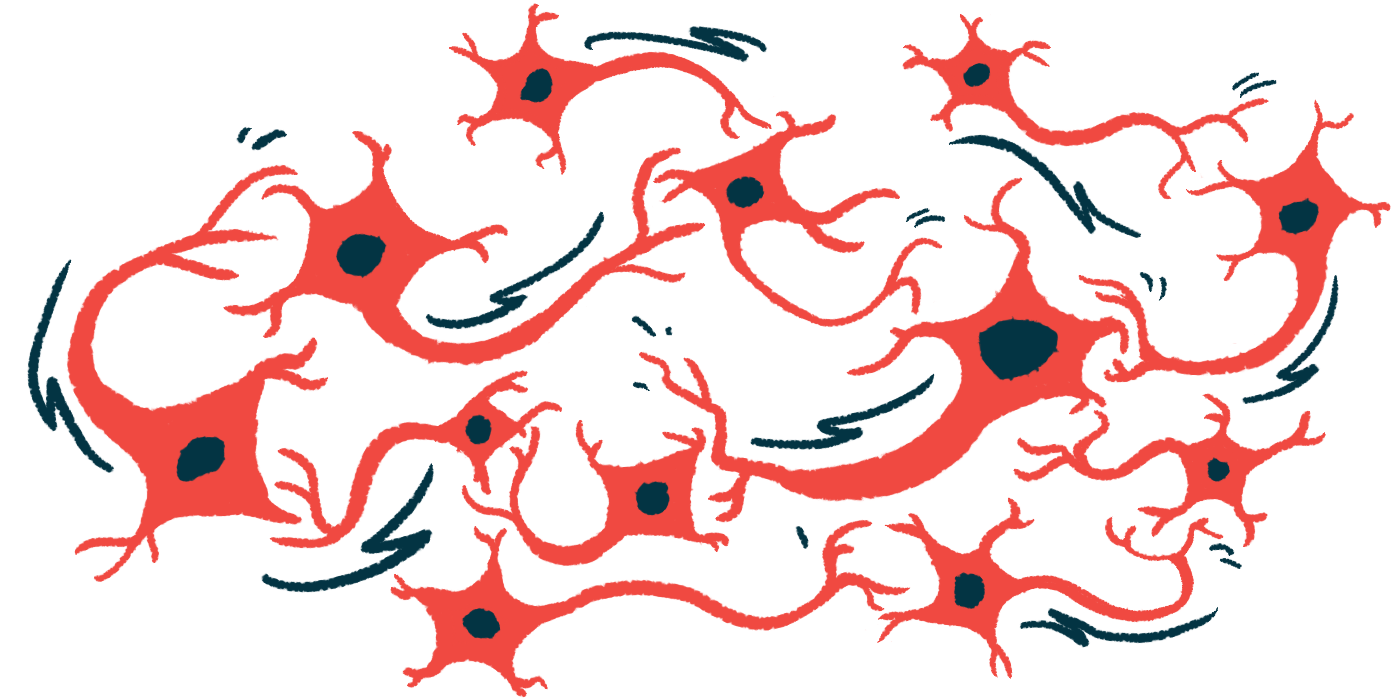Identifying small fiber neuropathy may aid in timely Fabry treatment
Early treatment can help improve life quality, reduce risk of complications

Identifying small nerve fiber involvement early in Fabry disease (FD) could be critical to enabling timely diagnosis and treatment, according to a recent report.
An array of clinical, sensory, and nerve function tests were used to identify signs of small nerve fiber neuropathy (SFN), or symptoms of nerve damage, in more than half of the people evaluated for suspected Fabry disease in the study.
Ultimately, SFN was critical for enabling the start of enzyme replacement therapy (ERT) for some patients, including those who were or were not definitively diagnosed with the disease.
Altogether, the findings highlight a “specialized and detailed examination” is needed to identify small nerve fiber involvement in Fabry patients, according to researchers.
Small nerve fiber neuropathy diagnosis helps patients get timely treatment
“[SFN] diagnosis may contribute crucially not only to the diagnosis but also the timely effective initiation of FD [Fabry disease] causal therapies,” they wrote.
The study, “Clinical significance of small nerve fiber involvement in the early diagnosis and treatment of patients with Fabry disease,” was published in the Journal of Neurological Sciences.
Fabry disease is characterized by the toxic accumulation of fatty molecules, mainly globotriaosylceramide (Gb3), in the body’s organs due to mutations in the GLA gene.
Left untreated, Fabry disease results in progressive organ dysfunction throughout the body. It’s thus important for clinicians to be able to recognize early signs of the disease in childhood and initiate treatment.
“However, the diagnosis is usually delayed because … symptoms are misdiagnosed as intestinal, musculoskeletal and psychological diseases,” the researchers wrote.
Gb3 also builds up in nerve cell fibers, especially the small ones involved in sensory perception, leading to neuropathic pain. Early childhood symptoms include abnormal or burning sensations in the hands and feet.
Thus, screening for nerve involvement in individuals with suspected Fabry disease could be one way of helping to establish the diagnosis, according to the researchers.
In the study, the scientists conducted a retrospective analysis of clinical data from patients evaluated for possible Fabry disease, looking specifically for signs of small nerve fiber dysfunction.
The analysis concerned 27 patients, with a mean age of 44, who were referred to a clinic in Greece between 2016 and 2023 and evaluated for suspected Fabry disease. Most patients, or 18 of 27, had a family history of Fabry-causing mutations.
The evaluation included a clinical exam, skin biopsies, sensory testing, and nerve conduction studies (NCS), which look at the health of the nerve cells that send and receive signals between the brain and the body by examining their electrical response to stimulation.
[Small nerve fiber neuropathy] diagnosis may contribute crucially not only to the diagnosis but also the timely effective initiation of [Fabry disease] causal therapies.
Most patients report pain and/or numbness
Scores on the Neuropathy Symptom Scale (NSS) were abnormal for 80.8% of patients, with most reporting pain and/or numbness (61.5%). For many, these symptoms were among the earliest presentations of the disease and had started many years before their exam in this clinic.
One person had an abnormal score on the Neurologic Impairment Scale (NIS), which looks more broadly at neurological dysfunction in larger nerve fibers.
NCS results found five people (19.2%) to have axonal sensory polyneuropathy, where damage to small nerve fibers leads to abnormal sensations. Three people had carpal tunnel syndrome, where a nerve in the hand is compressed, and two had ulnar neuritis, where a nerve in the arm is compressed. Both can cause sensory symptoms like numbness and tingling.
Sensory testing revealed that eight people had an altered threshold for detecting cold stimuli, whereas 11 people had altered thresholds for heat-related pain stimuli.
A majority of patients (61.5%) were found to have a reduced density of nerve fibers innervating the skin.
Based on all of these findings, 16 people, or 59.3%, were ultimately considered to have SFN.
19 people diagnosed with Fabry disease
According to Fabry disease diagnostic criteria, 19 people could be definitively diagnosed with the disease, 13 of whom had evidence of SFN.
Among these 19 patients, 16 were treated with ERT, as were another three people who did not have a definitive diagnosis. For all three patients without a diagnosis, and for two with one, identification of SFN was a critical factor for deeming them eligible to receive ERT.
“This is very important because when treatment is initiated even before renal function starts to decline, ERT may improve small nerve fiber function and help decrease pain,” the researchers wrote.
“The early initiation of ERT as well as the good supportive pain management using adjunctive therapies may improve patient’s quality of life and reduce or delay the likelihood of life-threatening … complications.”








